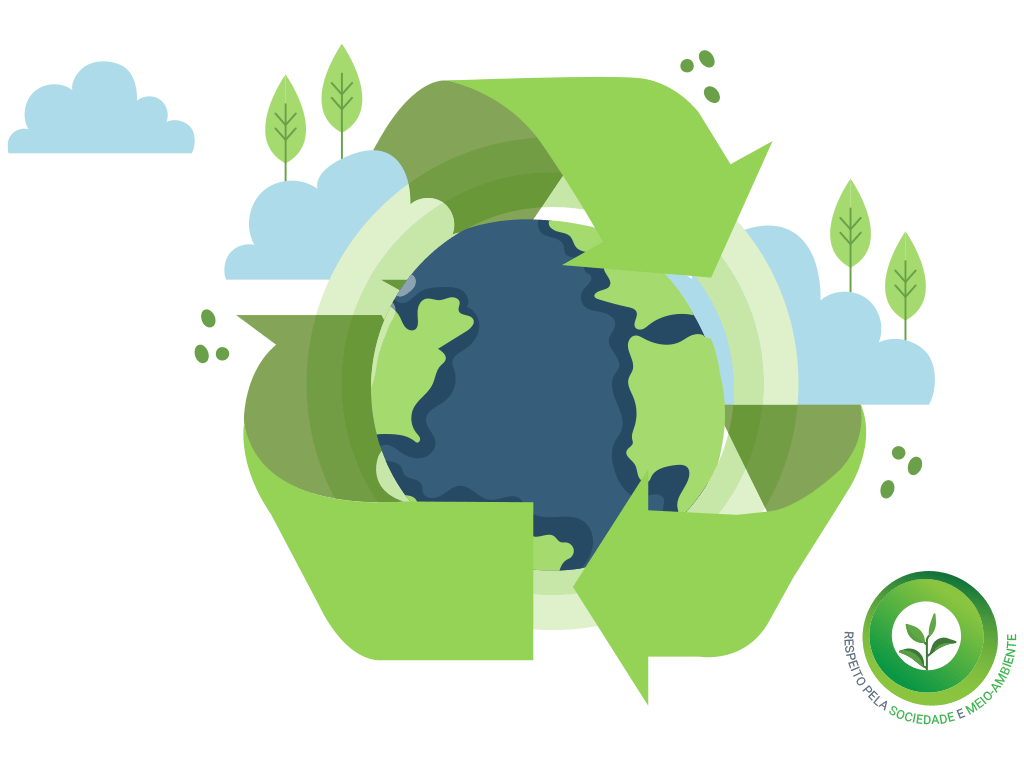Rotomoulding
Rotomoulding is a versatile polymer transformation process, used to produce hollow parts, with no size or thickness limits.
Rotomoulding - What is it?
The rotational moulding process begins with the insertion of polymeric raw materials (usually in powder form) into a mold. This mold is then heated in an oven that rotates simultaneously on two axes in a rotational motion.
During heating, the polymer heats up and melts against the internal walls of the mould, forming a uniform layer. After the heating and melting period, the mold is cooled in a controlled manner, allowing the part to solidify and acquire the desired final shape.
At Rotovedras – Plastic Technology, rotational moulding is carried out with a focus on quality and precision, to ensure that the parts meet the specific requirements of each project.
We continually invest in innovation and equipment, ensuring solutions that combine durability, efficiency and respect for the environment.
The advantages of
Rotomoulding
Mechanical
Resistance
Rotomoulded products are efficient and durable, thanks to their high mechanical resistance (minimal internal stresses and absence of joints). The creation of products with several layers and the incorporation of foams or other polymers makes the end result highly reliable.
Versatile
Design
Rotomoulding makes it possible to manufacture parts without internal stresses, with uniform thickness and large, complex shapes. The process also allows metal elements to be inserted during manufacturing, facilitating subsequent assembly operations, and to reproduce textures and surface effects.
Low cost in
Mold making
The manufacture of moulds for rotational moulding is based on simple engineering and construction processes, unlike blow moulding, injection moulding or thermoforming. Therefore, rotational moulding ends up having a relatively low cost, when compared to alternative processes.
Talk to us!
Rotomoulding and
Sustainability
The rotomoulding process is an option with reduced environmental impact.
There are a number of advantages that make it less harmful to the environment when compared to other manufacturing methods and that allow us to talk about rotomoulding as a sustainable process.

Products with a long life cycle
Let's start with the durability that the process and materials used give to products. Increasing a product's life cycle means saving the planet resources, both in terms of raw materials and energy.
Reuse and production with recycled raw materials
Rotomoulded products can be made from recycled materials and are also 100% recyclable at the end of their useful life. This ability to recycle end-of-life products through rotomoulding reduces their environmental footprint and contributes to their circularity. By using recycled raw materials, we are giving new life to products, thus saving the planet's natural resources and reducing the ecological footprint of this activity.
Efficient use of material, less waste
With the efficient use of materials, there is less waste and residue than in more resource-intensive processes, such as metal manufacturing. Rotomoulding production therefore becomes a more sustainable process, especially when combined with the use of recycled materials.
Low emission of toxic and harmful gases
The rotomoulding process does not generate significant emissions of harmful chemicals or dangerous toxins. As it does not involve high pressure or processes such as gas injection, it minimizes the release of volatile compounds into the atmosphere.
our team.